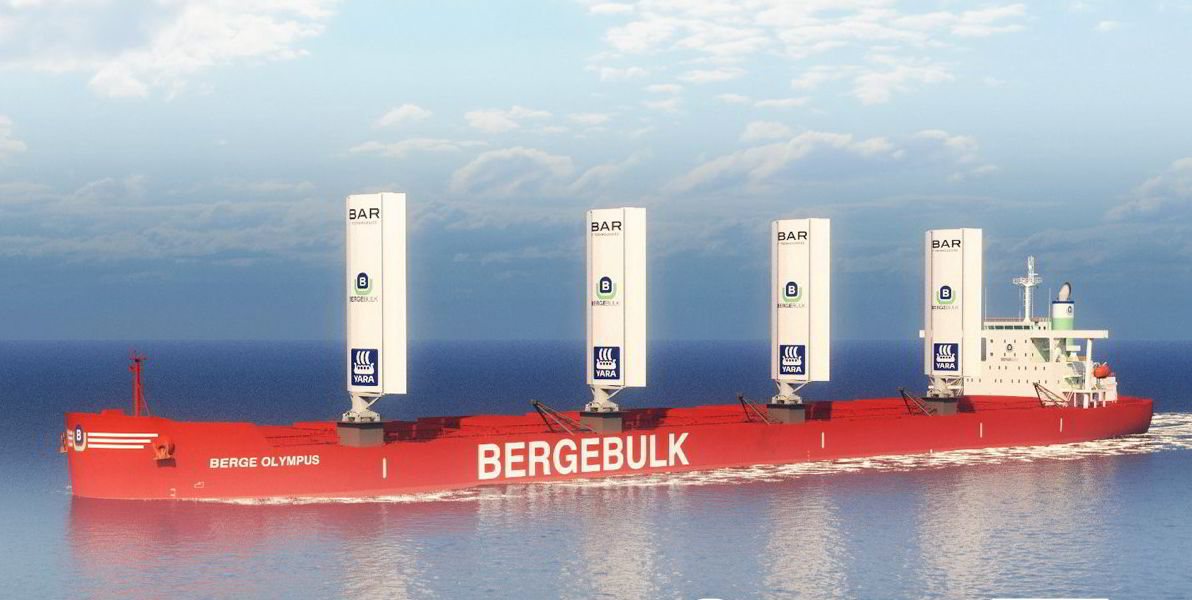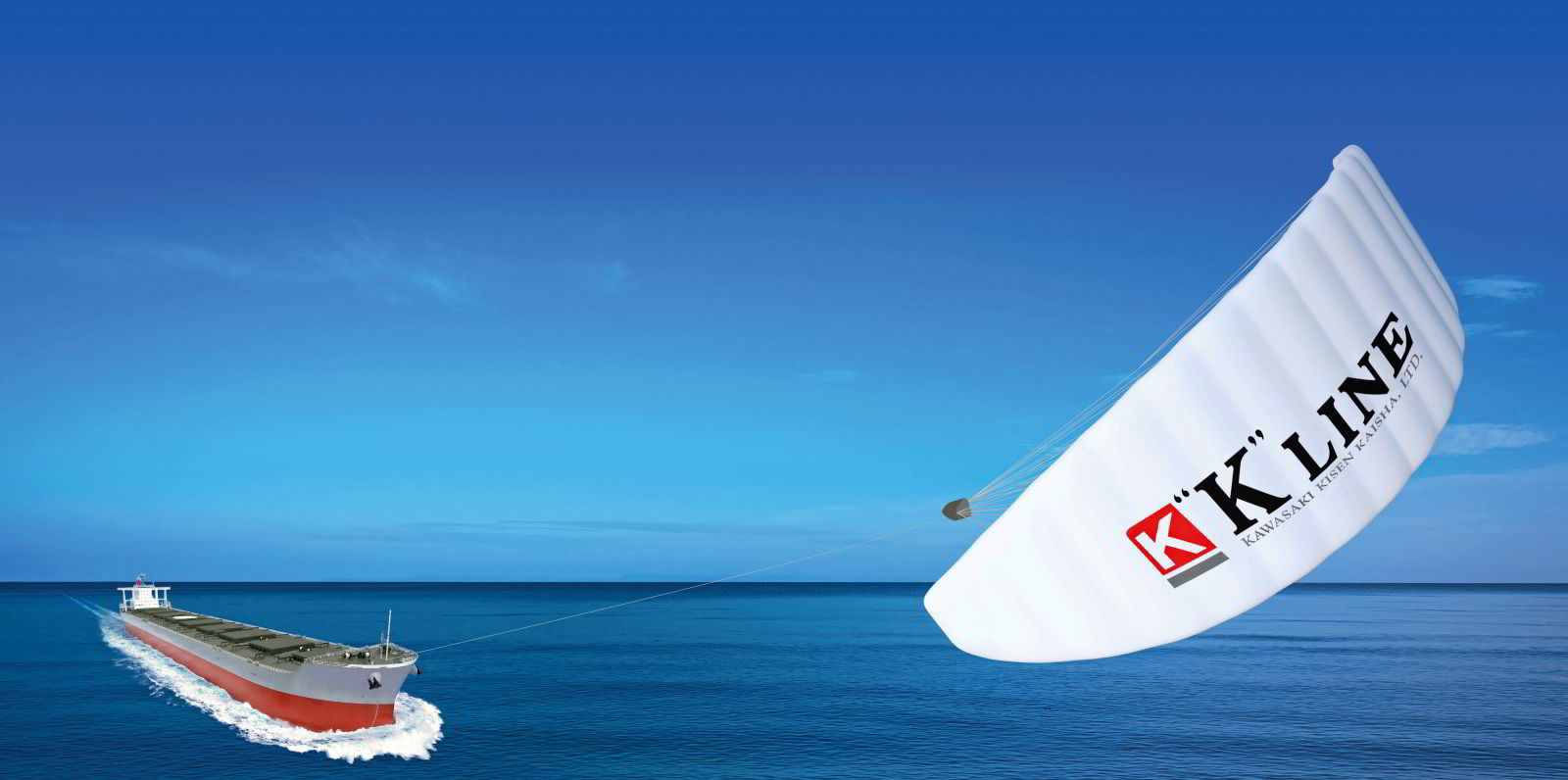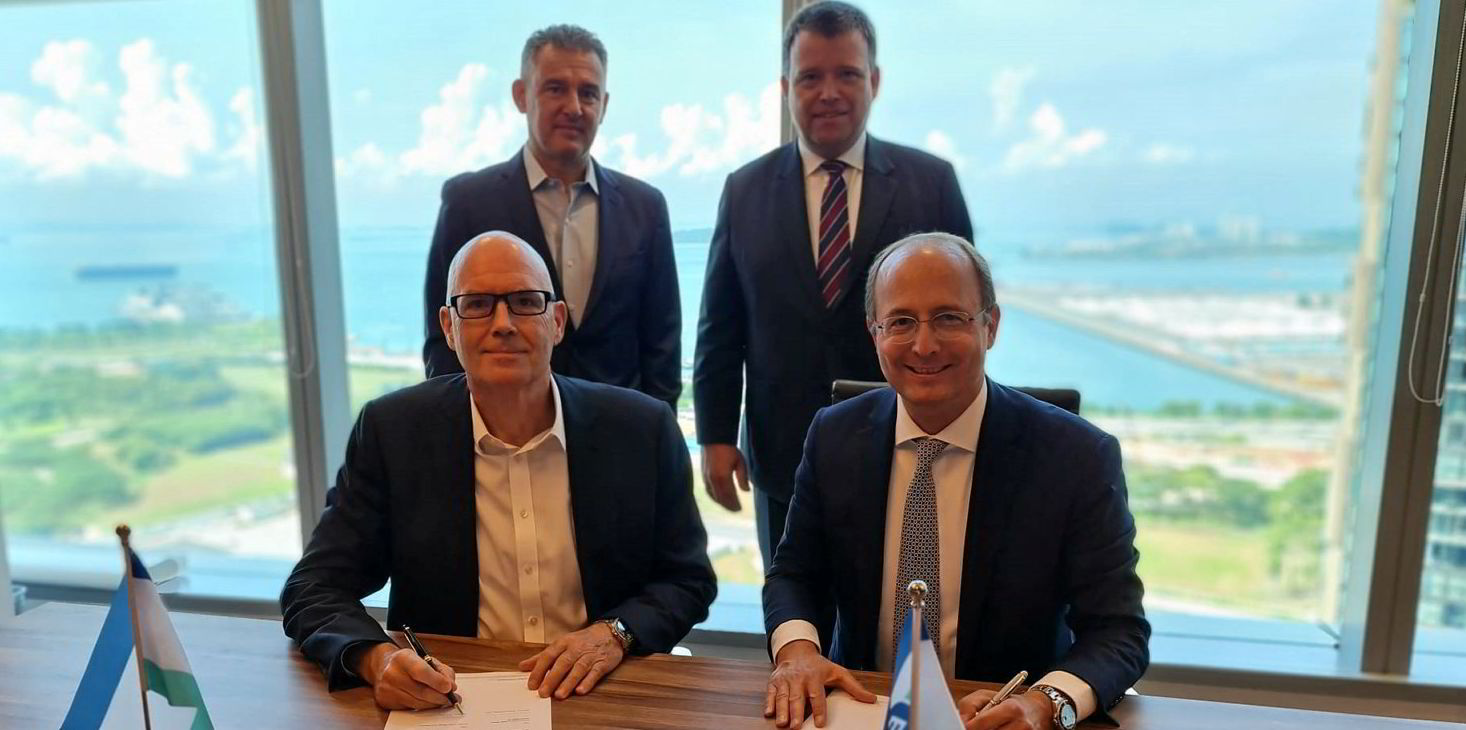Singapore-based Berge Bulk has emerged as a front runner among shipowners prepared to experiment with a basket of wind propulsion technologies as it aims to learn how best to cut fuel use and emissions.
Next year, the company will install WindWings sails developed by BAR Technologies on a 210,000-dwt bulker and rotor sails built by Anemoi Marine Technologies on two other large bulk carriers.
Paolo Tonon, technical director at Berge Bulk, said the bulker owner has also experimented with kite sails, and will look at other technologies.
Four 40-metre tall, rigid but folding WindWings will be fitted on the 210,000-dwt bulk carrier Berge Olympus (built 2018), with an aim of reducing CO2 emissions by as much as 30% through a combination of wind propulsion and route optimisation.
Four folding Anemoi wind sail rotors will be added to the 388,000-dwt Valemax ore carrier Berge Neblina (built 2013) and the 210,000-dwt newcastlemax Berge Mulhacen (built 2017).
The Flettner rotors are large mechanical cylinders that spin in the wind to provide thrust that Anemoi predicts can save Berge Bulk 1,200 to 1,500 tonnes of fuel per vessel each year.
At the time of the announcements this summer, Tonon said the company firmly believes wind propulsion can help it achieve its decarbonisation commitments.
“Wind technologies are growing in importance and capabilities,” he told TradeWinds. “Our challenge is understanding the technology that best fits future newbuildings.
“Probably the future will see vessels with a mix of different [energy efficiency] systems but, before getting there, we need to understand in more detail how each technology is performing on the vessels.”
Testing on various trade routes with the ships laden and in ballast will be carried out over a year, with Berge Bulk also looking at hull design and vessel hybridisation.
East-west routes, such as the Brazil-to-China iron ore trade, are most favourable for wind propulsion, whereas most likely it will not work as well for Australia-to-China voyages.
Simon Schofield, chief technology officer at BAR, said WindWings will have a lot of sensors, but early models will have even more fibre optics and strain gauges to measure — in near real-time — the amount of thrust being developed and how much fuel is being saved.
Routing will also undoubtedly alter — and depend more on seasons and weather.
Schofield said a lot of work has already gone into route simulations to understand good and poor performance.
“It’s part of the development the industry needs to get its heads around,” he said. “You don’t just go from A to B. Everyone does a certain amount of weather routing, but it is taking that a step further.”
Not surprisingly, the first tests are on retrofits, but Schofield said significant additional gains will be achievable with newbuildings designed specifically for wind propulsion. He added that BAR is working on several such projects.
Yara Marine Technologies chief sales officer Aleksander Askeland, whose company is overseeing the production of WindWings, said the initial industrialisation period is going to be important in deciding the relative importance of the retrofit and newbuilding markets.
But he added: “A high performance to cost ratio is going to be favourable, and we believe there will be a strong case [for retrofits] particularly as fuel prices rise.”
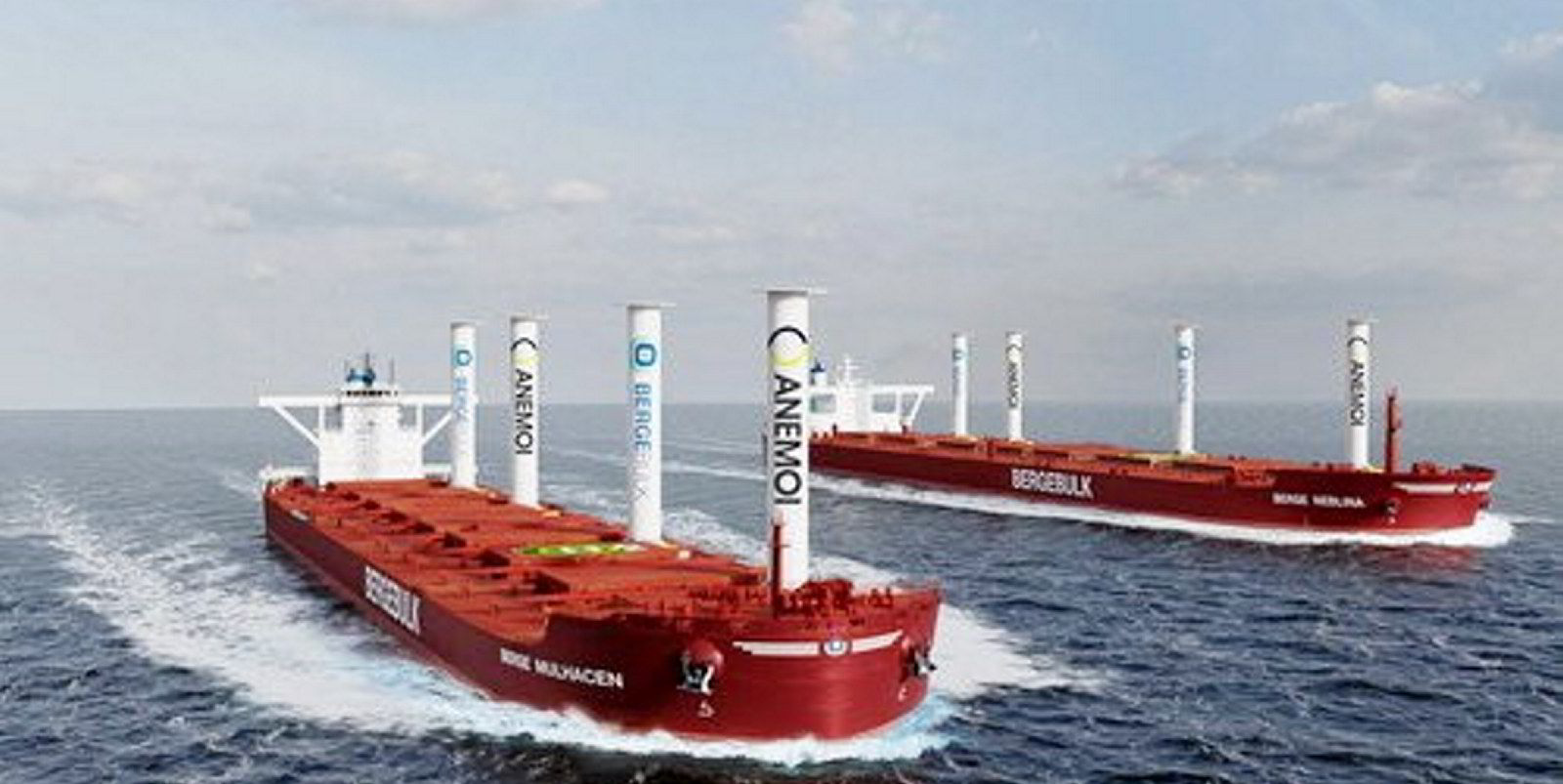
Askeland said shipowners need to chase every gain they can because Carbon Intensity Indicator (CII) rules will enter into force next year.
“With the exception of alternative fuels, wind is the largest contributor to bringing vessels into good ratings over time,” he said.
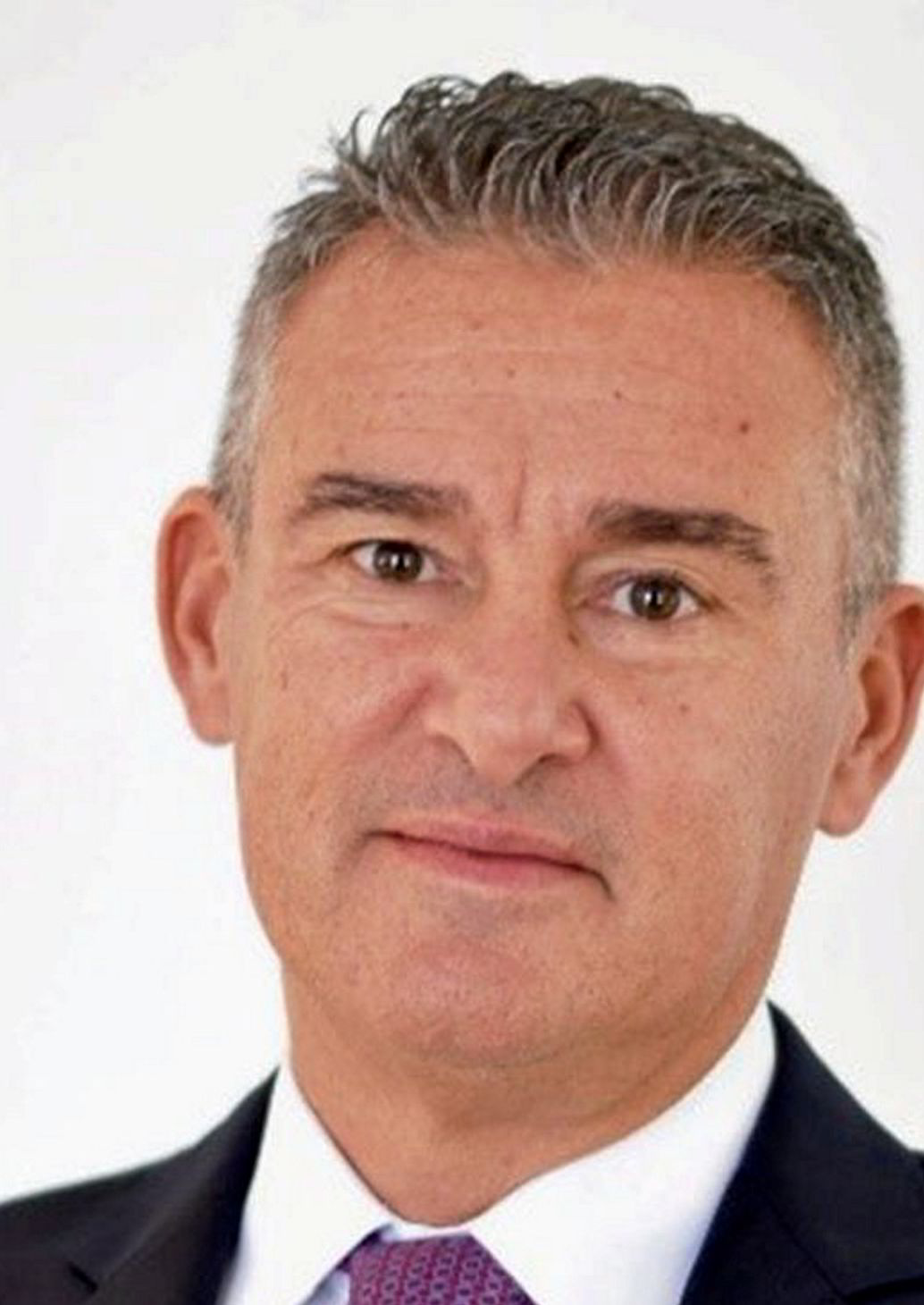
Tonon said wind propulsion will help it avoid the need to limit engine power and vessel speed to comply with the Energy Efficiency Existing Ship Index. Berge Bulk wants to avoid having only slow steaming as a strategy to maintain full flexibility on different trades.
Tonon added that Berge Bulk is carefully selecting crews for the wind propulsion trials. Even though their operation is automated, seafarers will need to understand how a ship behaves differently with sails and various operational modes.
But he is confident more green technologies will be adopted by the shipowner.
“I am definitely convinced we will see more rigid wings on our vessels and other wind technologies as well,” Tonon said. “We want to get our hands dirty — to really test because we need to take decisions, and decisions are much easier to be taken when we have a real set of data from operating experience.”
